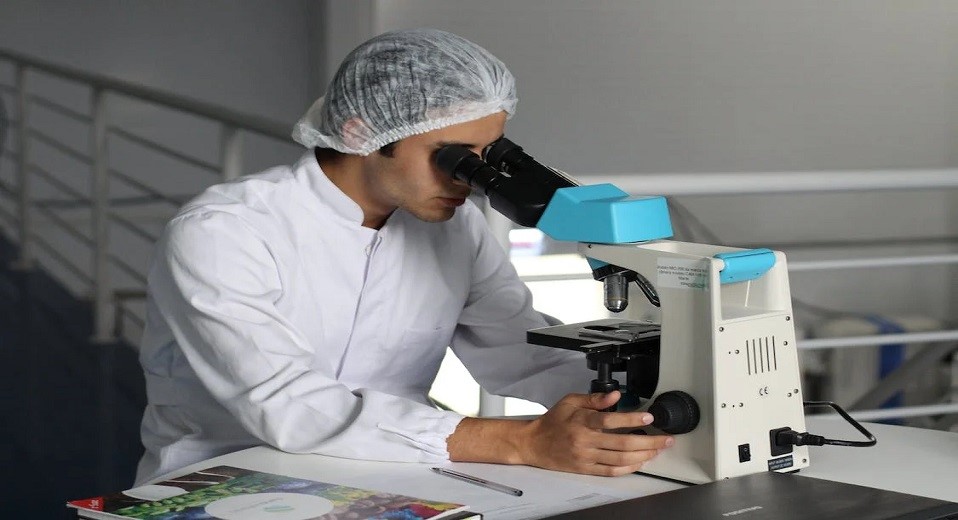Laboratory Accreditation
USAC Recognises the importance of the applicability of standards to all stakeholders
within the standards community and to that end is cognizant of ISO/IEC 17011: 2004.
USAC approach is to ensure that during its accreditation activities it is seen to be
open, transparent, fair, and technically and administratively proficient. We aim to
be reliable, repeatable and responsive and renowned for our user friendliness.
In order to ensure that the needs and requirements of laboratory stakeholders are
met, USAC will operate to a documented quality management system. The organization
encourages the setting of quality objectives and plans in order to implement quality
policies. It is keen to ensure that all personnel are familiar with quality policy
to ensure customer satisfaction. Health, safety and welfare of staff are important
and visitors to all sites shall be treated with respect and due consideration shall
be given to their safety while on site.
USAC encourage the upholding of professional values and is committed to good
professional practice and conduct by promoting awareness of the sustainability of
the planet's resources by using recyclable/renewable materials and minimizing the
production of waste and energy use.
The USAC fee policy is one of reasonable affordability for laboratories. To this end it is USAC strategy to retrieve the costs of its accreditation activities from a levy based upon the turnover of the laboratory. It is the policy of USAC to avoid such fee arrangements that may be perceived as an economic activity in so far it would be unrelated to the commercial viability of the laboratory. The fee levels for each laboratory activity is sometimes quite small and whilst it has been the USAC historical practice to recover fees based upon the certificates issued by the accredited body, it is felt that in the test and calibration laboratory scenario such arrangements would be administratively unwieldy. Therefore fees are based upon initial accreditation and ongoing accreditation surveillance. Guide 52 defines fees more fully.
LABORATORY ACCREDITATION APPROACH
The adoption of a flexible scope places a greater onus of responsibility on the laboratory for demonstrating competence and reliability. It is for the laboratory to determine and define what are the test requirements to which it should be accredited in accordance with ISO 17025.
USAC has adopted a flexible scope regime that permits a laboratory to undertake specific tests/calibrations, and to report the results as accredited, provided they fit within their general accreditation schedule. Typically this would encompass:
- Bulthe inclusion of novel tests in accordance with a generic method;
- The modification of existing methods to broaden their applicability
The adoption of a flexible scope places a greater onus of responsibility on the laboratory for demonstrating competence and reliability. It is for the laboratory to determine and define what are the test requirements to which it should be accredited in accordance with ISO 17025.
All laboratories seeking accreditation for a flexible scope of accreditation must be able to demonstrate compliance with the following key requirements::
- Methods
- ISO/IEC 17025;
- Competence of laboratory management
- Quality control of its methods
- Internal audit programme.
- Client contract review
- Record system
- Full description of, or reference to, test details within test certificates
- Arrangements to advise USAC of change to accredited methods for testing.
The laboratory's documented quality system must clearly state it maintains a flexible scope of accreditation and specify the areas of activity and the limits within which it operates. The process of modifying, adding, reviewing and authorising methods shall be documented. The documentation system must be submitted to USAC in full and shall comply with ISO 9001 requirements.
USAC will (including documentation review), base its accreditation decision upon examination implementation of ISO 17021, the documented arrangements, examination of the adequacy of the competence criteria for staff, interview with staff and verification of qualifications, experience, technical knowledge and training, and review of laboratory records. And use of other assessment techniques, as appropriate.

